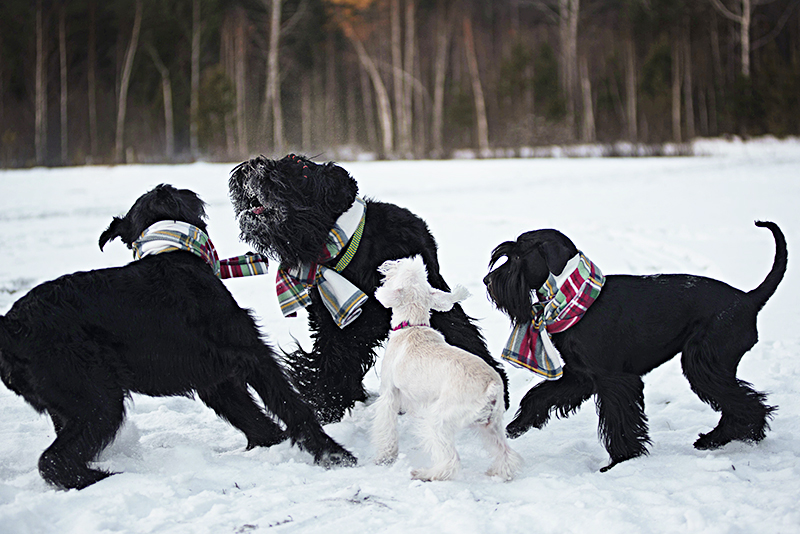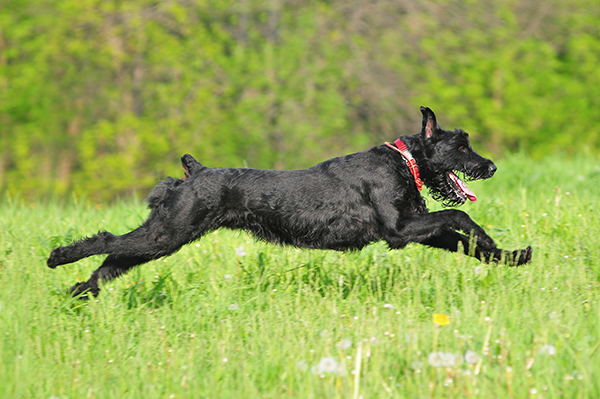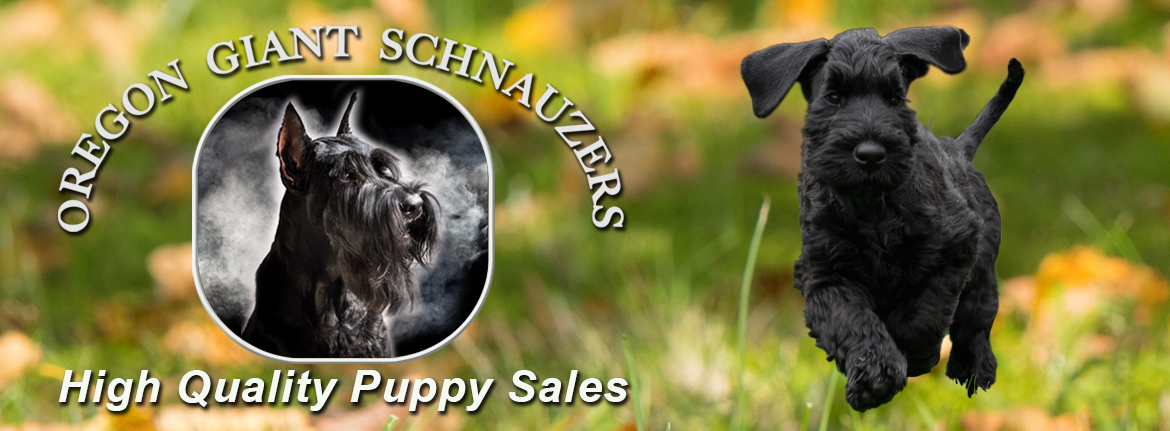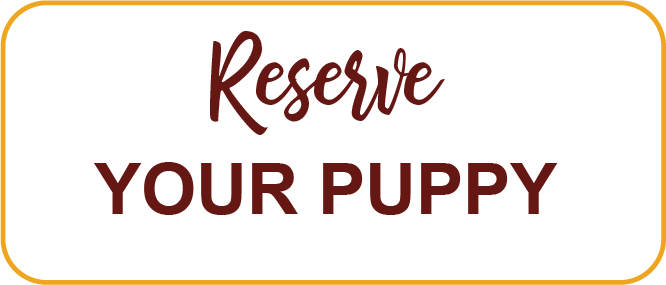
Healthy, Happy Dogs – Some Health Training Tips for Owners
If you’re an ordinary person who loves dogs and has one or would like to have one, you may be overwhelmed by the amount of information on dog ownership, training and nutrition available to you online and elsewhere.
A well trained and healthy dog is one of life’s great pleasures. In fact, after family and friends, dogs are the most important creatures in our lives. In fact, dogs are our best friends.
The point is that dogs may not be human, but they may as well be, for the emotions they arouse and the love and devotion they give us if they are well treated. Don’t they deserve the best we can give them?
Some of the things I believe everyone who has a dog should understand are very simple to apply to ensure you have a healthy, well-trained dog who loves you and will be your best friend for life:
#1. Treat your dog as you would treat any other member of your family; dogs respond to love, care and attention just like the rest of us.
#2. Be sure your dog knows who’s boss: be firm but not physical. Dogs are like children – they need to know limits but they do not respond well to physical violence.
#3. Feed your dog food that it likes to eat but is also good for it. There are plenty of dog foods available but make sure the one you choose for your dog is as natural as possible and not full of preservatives or additives that can and do cause ailments such as cancer. Good food is more expensive, but generally you need less of it, and its certainly better for the dog.

#4. Exercise your dog according to its needs. A big dog requires big exercise, a smaller one not so much. Exercise will enable your dog to burn off the energy they will otherwise spend on things they shouldn’t. We find with most dogs that, if we can’t get them out for a walk, throwing and getting them to return a tennis ball gives them plenty of exercise.
#5. It is better for any dog not to be left at home all day alone. Dogs are social animals and need your company. On their own they get frustrated and bored (just as humans do). The best solution for most owners is to include your dog in all you do, as you would your family members. Be very careful, though, that you don’t leave your dog in a car for long in summer – they get heat-stressed very easily and can really suffer. For example, you may think it is safe to lock your dog in your car on a 70 degree day. However, if parked in the sun even with the windows partly cracked, your dog can over-heat to temperatures that feel closer to 90 degrees.
Pet Article above is courtesy of http://pet-articles.blogspot.com.
CARE OF YOUR NEW PUPPY
I have my own personal ideas of how your puppy should be introduced to their new home. The following information is derived from my experience and what I believe best suits my puppies. This is by no means meant to be the know-all, end-all that you should use. Every owner may have information provided by their favorite breeders of another breed type, or your veterinarian.
VACCINATIONS
Below is the AKC recommended timeline of vaccinations, which is also recommended by the majority of veterinarians in the USA.
Recommended Vaccines:
Distemper, Parvo, Hepatitis,
Parainfluenza (DHPP#1) and Lepto #1 (collectively referred to as “5-way”)
Puppy’s Age:
6 to 8 weeks
Optional Vaccines:
Bordetella
DHPP#2, Bordetella, Lepto #2
12 weeks
Lyme disease (per lifestyle as recommended by a Vet)
DHPP, rabies
16 – 18 weeks
Lyme disease (per lifestyle as recommended by a Vet)
DHPP, rabies
12 – 16 months
Coronavirus, Lepto, Bordetella & Lyme Disease
DHPP, Rabies
Every 1 – 3 years
Very Important: Your puppy must be kept away from outside animals and stay exclusively at your home, until after the twelve week shots have been completed; no less than five days after vaccines.
Puppies do not have immunities by six weeks. It is critical that they build their immunities against common puppy diseases by following the vet recommended series of vaccines set forth above. Puppies are susceptible to these diseases due simply to their age, and additional factors such as stress from the weaning and relocation process. You will be provided a copy of your puppies Health Record that you should also present to your veterinarian when obtaining their 12 weeks vaccines (your puppy will already have their 6 to 8 week shots provided through my vet).
Parvo is the number one killer of puppies, and unfortunately there is no known cure once infected. Your vet can treat the symptoms, with no guarantee of a positive outcome. Infection can come from rodents, flies and even through the wind. All yards … even public areas where no dogs congregate … can be a common infectious agent. Simply putting your puppy on the soft, lush grass to take care of his business or romp with you can be deadly. You have puppy’s lifetime to spend with you, caution and indoor care for the four weeks he first comes to your home, are essential to guaranteeing a healthy dog.
Always carry your pup to the vet’s office for their vaccines, in your own, clean dog carrier. Do not allow your pup to walk into the vet clinic, or walk, sit or lay on their floor. Other dogs are walking in at all times, that could be carriers of this deadly disease.
Your puppy will already have their first Core immunizations, their tails docked (unless you the new owner indicate you do not want docking, in writing, prior to birth) and their dew claws removed. You will make your own decision as the new owner, to have their ears clipped once you take them home. REMEMBER … ears must be clipped no later than twelve weeks old.
WORMING
Your dogs are always exposed to parasites, no matter how clean the environment. This is always a concern and health risk, that must be treated throughout the life time of your pet. Products such as Interceptor, Safeguard and Panacur, should be started while very young. Your puppy will come to you with their first parasite control having been administered by me at their home kennel. This will also be included on your pup’s Health History provided to you along with the Vaccination schedule.
I use a wormer that treats all of the major worms: hookworm, tapeworm, heartworm, whipworm and roundworms. The easiest and also the least expensive deworming treatment I use is Safe-Guard or Panacur, which contains fenbendazole. Worming should continue throughout your dog’s life, typically a monthly treatment, HOWEVER ALWAYS consult either your veterinarian or the printed, package information as to how often the wormer you select should be given.
Your first four weeks with your puppy (assuming they come home with you at 8 weeks).
DO NOT ALLOW persons outside of your immediate family home to handle your puppy. Your pup will be irresistible to visitors, and their inclination is to immediately pick up and cuddle and love on your new baby. DO NOT allow this to happen! Even if your visitors tell you that they don’t have dogs in their home, they can bring in infectious agents simply from walking in the outdoors, or touching an infected area outside of your home.
Further, individuals outside of your family nexus can and certainly will add stress to your new puppy, especially during his orientation to his or her new home. Pup has gone through a stressful experience leaving their dam and siblings, and also parting with the only humans they have thus far formed a bond with. New owners must keep distractions, noise, and confusion to a minimum level, when you are trying to achieve the opposite by offering them a quiet, comfortable transition to you as their new owner. Remember … you are responsible for replacing all of those creature comforts that were offered to them for their first eight weeks of life.
My puppies have been weaned between five and six weeks, depending on their mother’s health and her own willingness to wean. My pups are familiar with my touch, as their breeder, from the time they were born. I engage in “puppy stimulation” before their eyes are open, for very short periods of time with each pup. It is important to understand that when I mention socializing, it does not mean with any other individual, other than me. They become familiar with my voice and scent and are comfortable with my touch that they have received for very short periods of time, beginning just once a day from birth. All of their interaction with me is positive, soothing and bonding. It is absolutely crucial that this positive human interaction with the newborns occur to instill trust between the pup and myself.
Once the puppies are old enough to cuddle and handle for slightly longer durations, you should ALWAYS be sitting on the ground next to the pup. They can be squirmy out of nervousness or the excitement of their contact with you, and dropping them can cause irreparable harm. When you pick up your puppy, if he instantly grasps you firmly with his paws and trys to wrap them around you, he is not indicating he is happy to see you!! This is reaction out of instinct to hand on when he fears he is going to be dropped. Stay on the floor with them, until they are developed enough to have the strength in their legs to hop off your lap. This will not happen, even in the large breed such as my Giant Schnauzers, until they are about four months old.
Please do not simply walk up, reach in and swoop them into your arms, out of their nursery pen that you will be creating for them when they arrive at your home. Sit next to them outside of their nursery, offer them your hand and talk to them reassuringly. Also use the kissing noise until they are curious enough to welcome you to take them into your hands.
My puppies are used to me holding them with one hand around their midsection just behind their front legs, and the other hand cupping the rear quarters before lifting them into your lap. Snuggle them close to your face, neck or chest, while offering them a kissing sound. They love the vibration of the kisses, which they are quite used to since they have heard me offer these security and comfort sounds which are similar to the sounds their siblings make while they are nursing.
If you are accepting your puppy from the airport, bring a leash and leading harness to the airport. As soon as the puppy is removed from the shipping crate by you and you only, walk the puppy on concrete or stone, not on grass or dirt that could be infected. Offer your puppy some water. Also bring several doggy towels, your puppy may have had a rough ride and could have vomited or had an accident in his crate. Make sure that at least one of the towels have been dampened to clean the mess, and another to dry afterwards. Offer your puppy cuddles and careful carrying as described above until you reach your vehicle.
You will be provided with the dry food that your puppy has been accustomed to eating, make sure you purchase the same brand thereafter to not upset his tummy. AT this age, you should feed your puppy five times per day. Cottage cheese is an excellent binder for the pup if they are experiencing diarrhea, common when reestablishing their home. Also consult your local veterinarian for any vitamins or mineral supplements they may recommend after pup’s first visit to your vet.
In the event your puppy is sent home with a milk replacement or any other supplements specific to that puppy’s needs, you will be provided with that information to carry on the supplements as long as is needed.
I am a firm believer in crate training, and it should commence the first day you are home with you baby. As these puppies are very large, I like to use a Puppy Nursery pen, which is 2 1/2′ to 3′ tall and can be assembled in pieces, so you can make it about two times larger than the sleeping crate itself. Put your crate inside the Nursery, and close baby in when it is nap time, or night time routine. Your puppy should be able to hold his urine through the entire night, as they are accustomed to this at my home. Make sure the crate has comfy bedding, and if they are in love with a particular toy and want to sleep with it, allow them to have it in the crate for sleep time.
When you wake up in the morning ( do not make your puppy wait until you sleep in until 9am) take them outside immediately to do their business. Praise, praise and more quiet but complementary praise must be offered to them each time they go. Always use the same phrase to encourage them to go, use something simple such as “go potty”. Take them outside immediately after their feedings each day. They will show you they are looking for a place to go, by: circling, nose to the ground sniffing accompanied by fast walking. DO NOT EVER STRIKE, YELL AT, OR PUNISH YOUR PUPPY FOR MISTAKES IN YOUR HOME. This is why I suggest having the larger Nursery for your puppy to stay in that is in the same room where you spend most of your time. If they make a mistake, expect it, but you will have control of where you place your nursery. Keep it on hard floor, and best if covered by commercial puppy pads or layers of newspaper or old towels that can be readily laundered.
It take a long time to potty train a puppy, and always reward … never punish or wipe their noses in the puddle or the excrement. Accidents will happen. When your puppy is having multiple accidents and enough time has elapsed such that he should be “getting it”, a firm “no” should be used, not a punishment. If it continues to occur, hold their face firmly in your hands, look at them intently and very sternly tell them “no, no”. They will eventually understand, and they most definitely understand the difference in your unhappy, stern voice vs. the praise voice that you use with a successful potty trip outside.
Teach your puppy the “come” command as soon as possible. Success is through constant repetition. Always reward, never punish. Use any invocation you choose to look interesting, pleasing and enticing to them when you use the “come” command. Always reward with a big deal of petting, “good dog”, and a small treat. At any time, add their name to the “come” command, they will learn their name very quickly and enjoy coming to you.
Some great fun with your puppy is to play “red rover, red rover send puppy right over!” Gather two or more friends for this exercise, and sit in a circle. All friends should have training treats in their hands. One of you will give the command, “Come Puppy”, and the person with the puppy in their lap will encourage puppy to listen to the friend, and look to the treat held in the receiver’s hand. Send puppy back and forth between all three people, and slowly increase the distance between all of you when puppy is moving back and forth successfully on command. It only takes a few of these sessions for the puppy to recognize not only their name, but also the Come command.
I feel the next command that is most important is the drop it command. You can use the term “Give it”, “Drop it” or “Leave it”. It doesn’t matter which command you use, but what does matter is to keep the command consistent at all times, once you choose your command. Use a toy for teaching, and add their first learned command of “come”. Once they come to you with their toy, gently tap the muzzle until they release, or gently work the toy out of their mouth until they release. Huge amounts of praise then need to be given, supplemented with a small treat. Then offer their toy back to them again, and repeat over and over. Do not over-work a young pup with these tasks for more than a few minutes at a time, they have a very short attention span. Do repeat the training exercises many times a day, in short durations.
Although your pup will be very good sized, they are still a tripping hazard in your home. They love to spend time tagging along between your legs, in front of each foot fall, or shuffling along the back of your feet. Try to invoke a “puppy shuffle” when pup first comes home, to keep you from tripping and also prevent you from injuring your puppy with a fall onto them. As they get older, moving them to your left side gently with your foot will start orientating them to stay out from under your feet, and also teaching them to walk on your left side for future leading exercises.
These are just the basics of what you should be doing with your puppy when it first arrives. I implore all dog owners, unless you are already familiar with puppy training, to take your pup to training and obedience classes at five months or after. By this time, they will have received their 16 to 18 week vaccinations. Not only will you have a lovely companion for years to come, but you will have the confidence in taking them in public as a safe, obedient and loving dog citizen.


